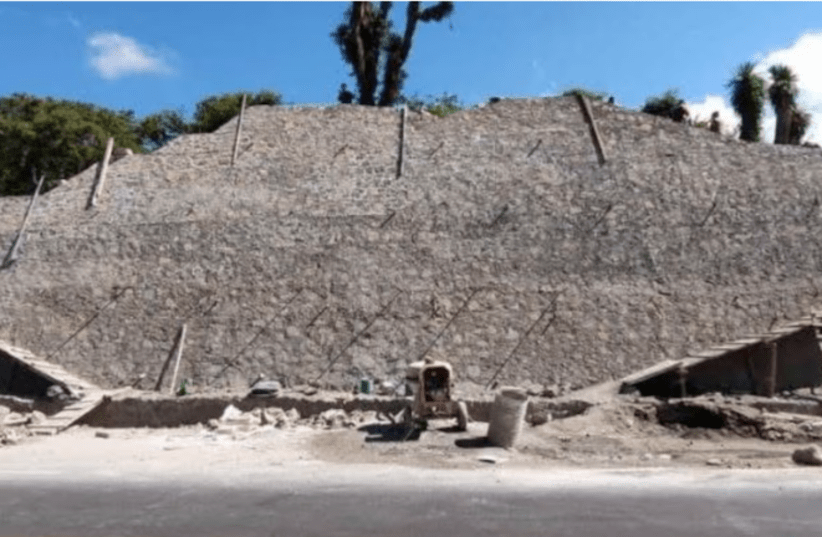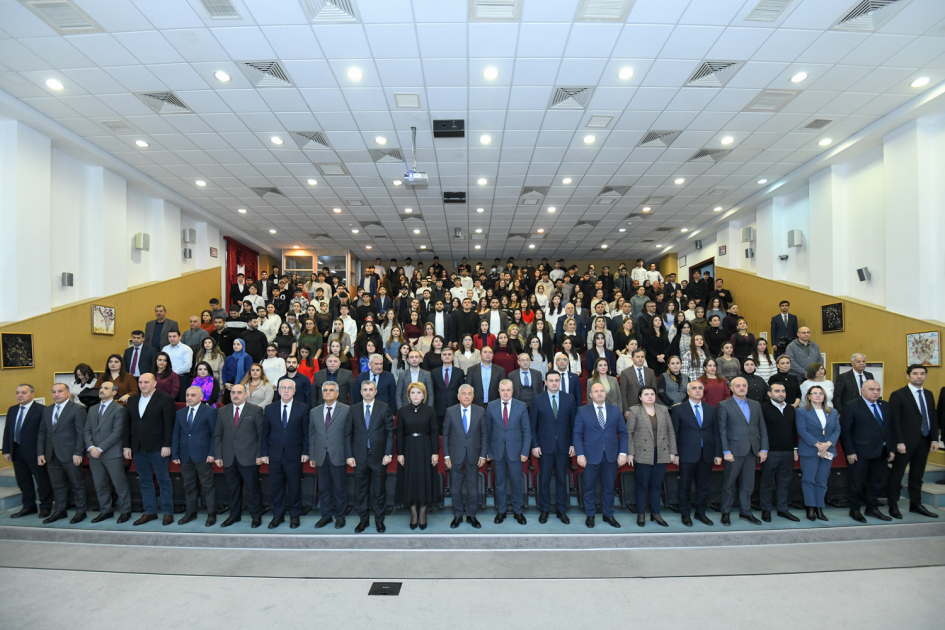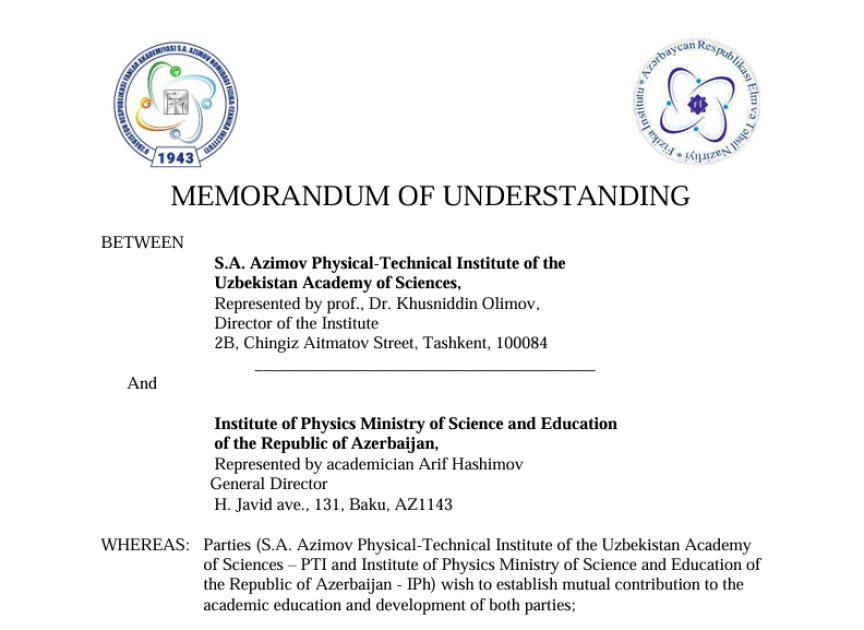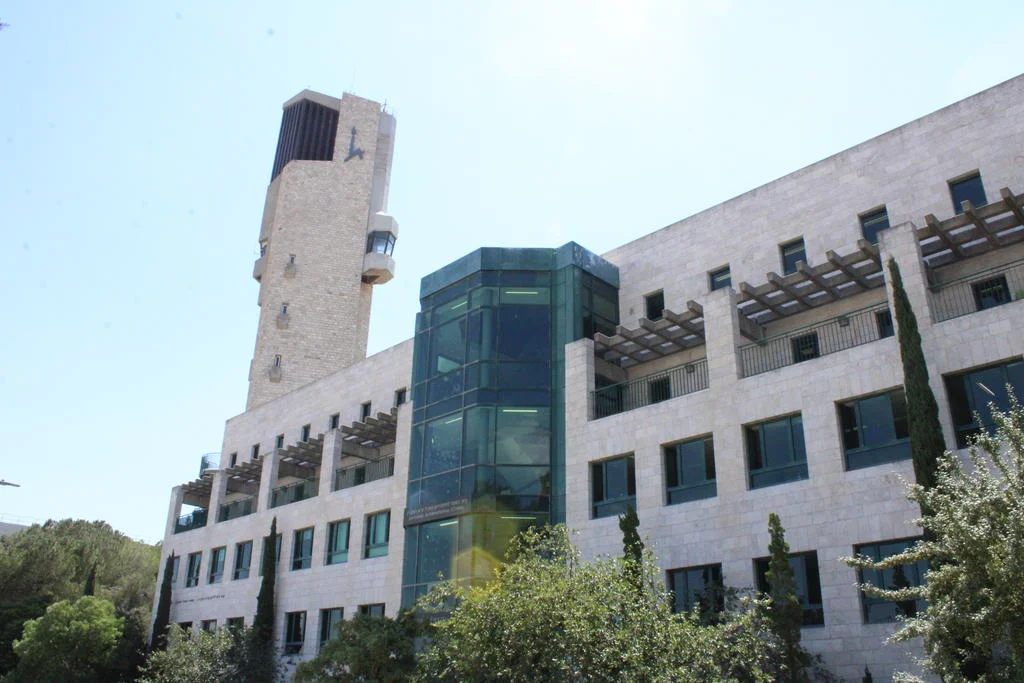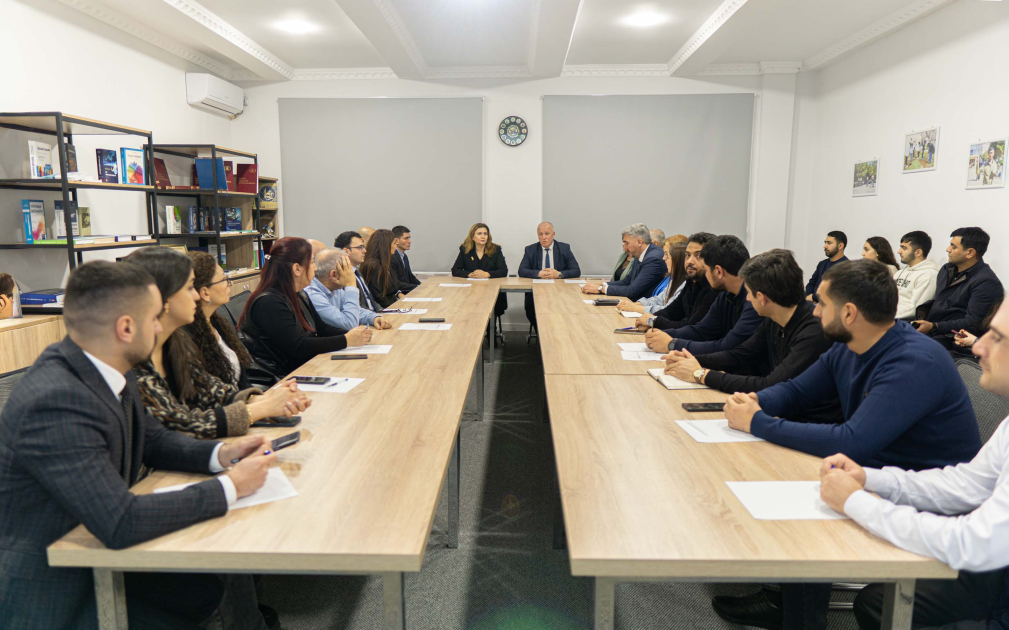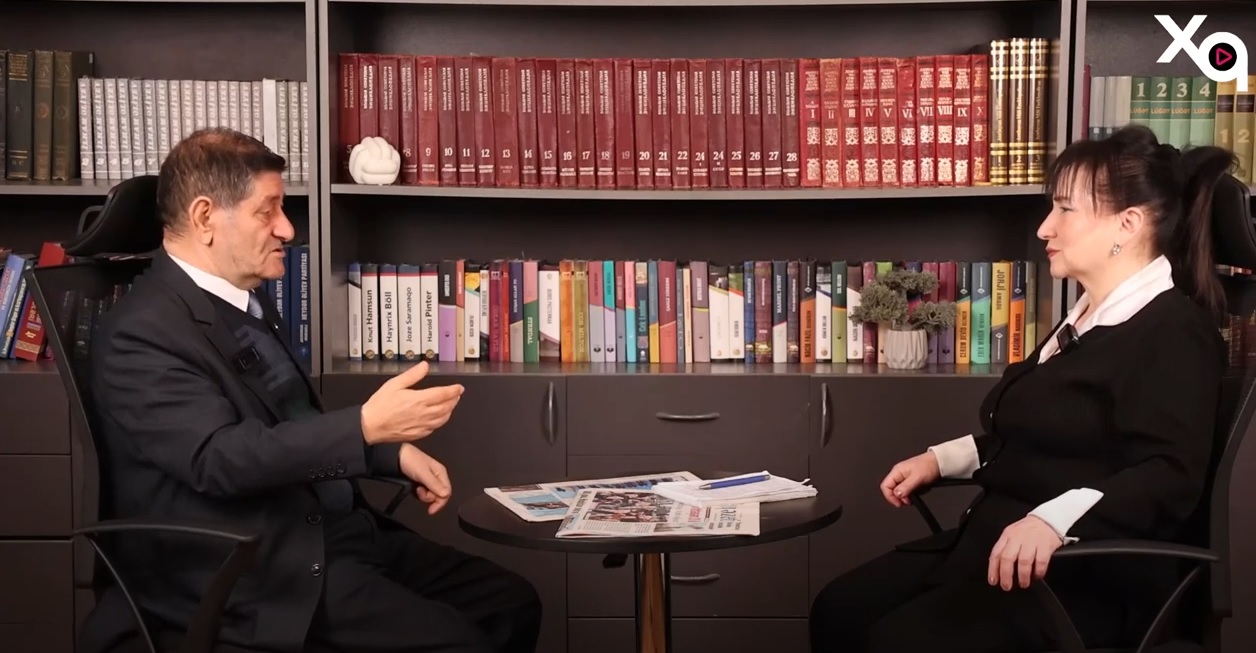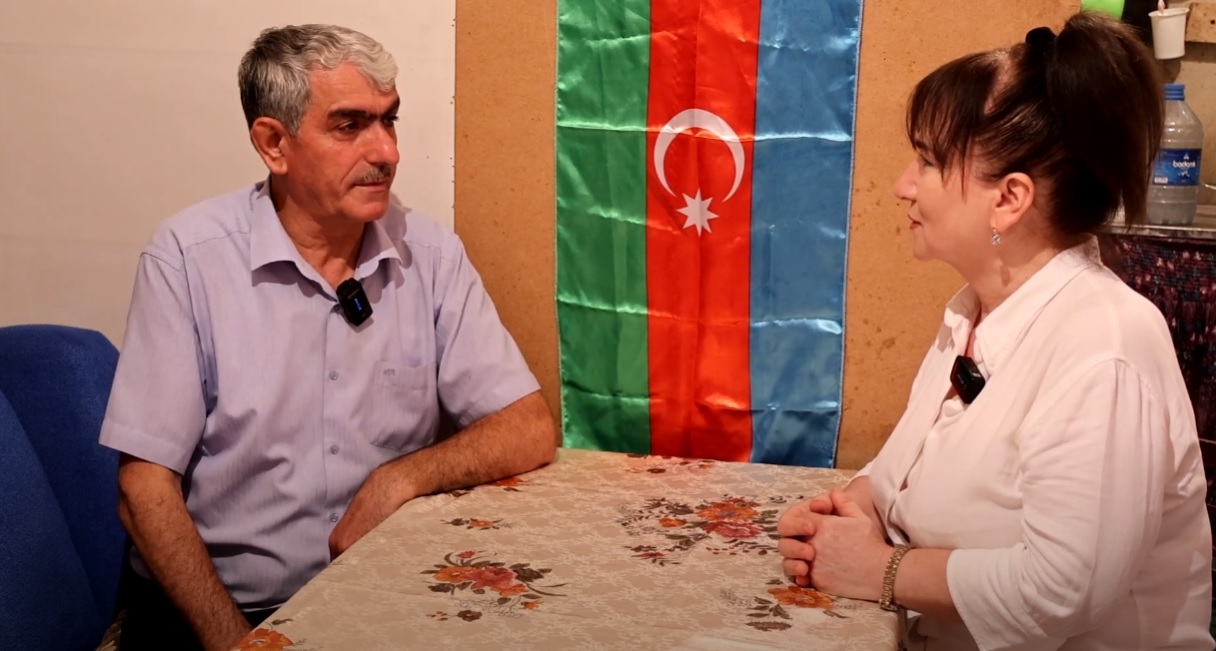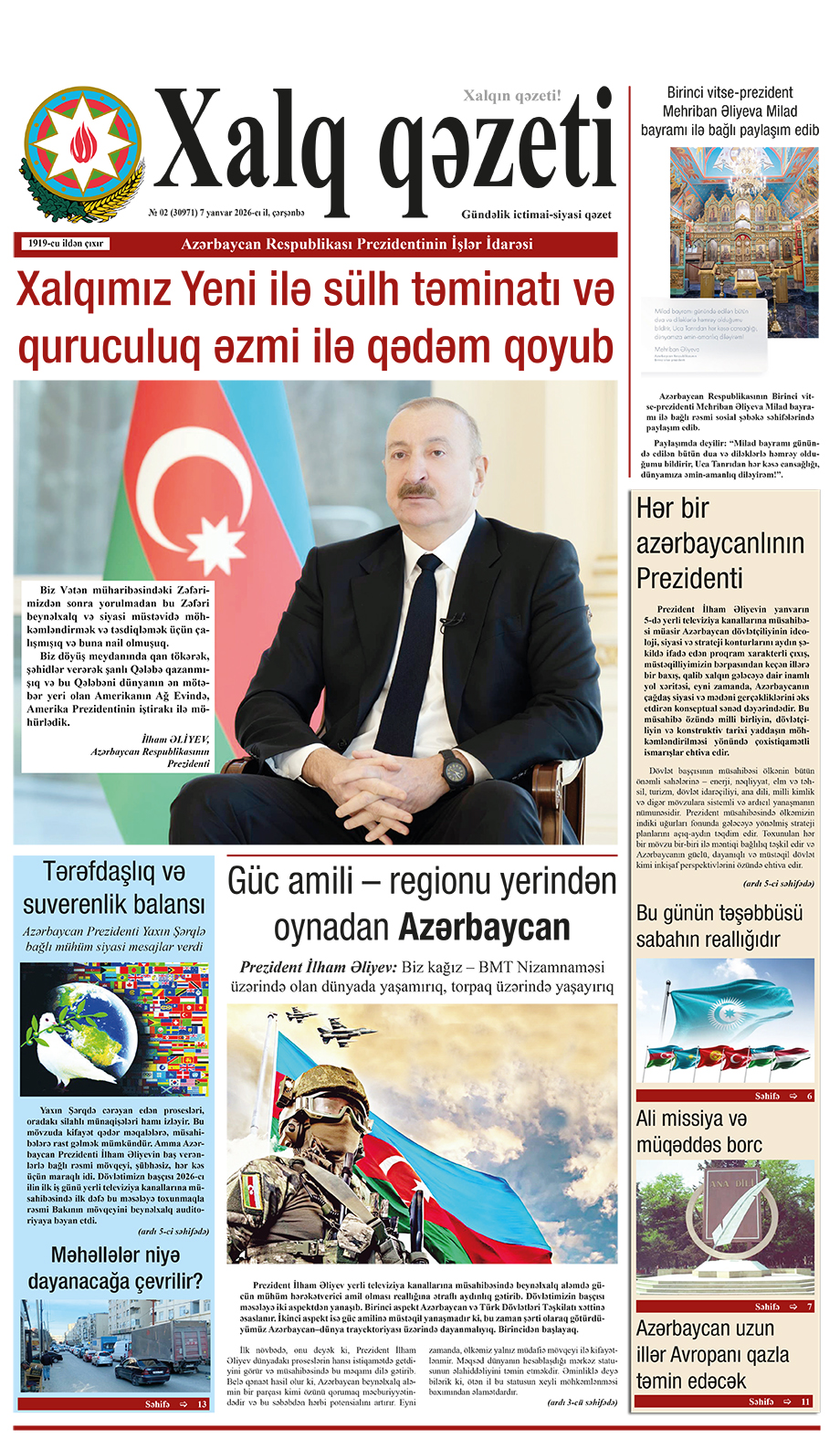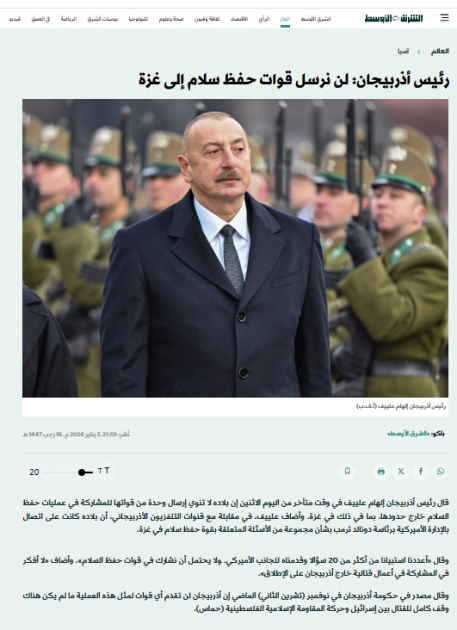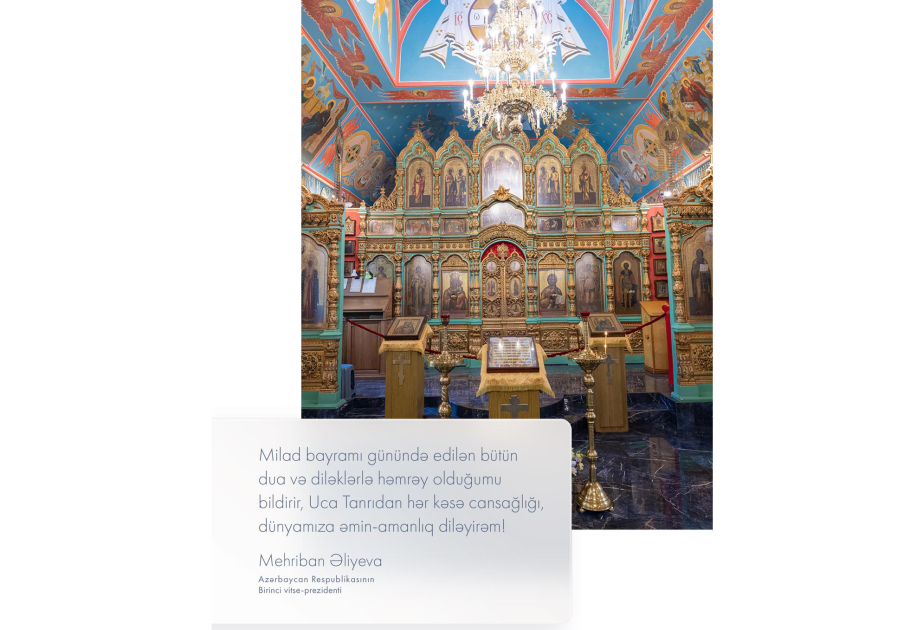Researchers propose that Structure 1 and the surrounding settlement may be related to the Metzca lordship.
By JERUSALEM POST STAFF
On Friday, the Ministry of Culture of Mexico and the National Institute of Anthropology and History (INAH) confirmed the discovery of the San Miguel archaeological site in the Sierra Alta region of Hidalgo, first reported by workers in early June 2024, according to El Financiero. The site was uncovered during the construction of a third lane on a highway.
Workers halted construction after accidentally discovering the 1,375-year-old pyramid. Heraldo de México reported that the pyramid, referred to as "Structure 1," belongs to a pre-Hispanic settlement.
Archaeologists from the INAH conducted a rescue excavation following the discovery. During the excavations, they recovered 155 artifacts, including ceramics, shells, lithic materials, and organic remains such as lime, charcoal, and charred wood. The team also noted evidence of lime floors at the site.
Co-Founder of Google Brain, Andrew Ng, Recommends: "These 5 Books Will Turn Your Life Around"Sponsored by Blinkist: Andrew Ng's Reading List
Incredible, the TV Box Everyone Is Talking About: Access All Channels?Sponsored by Smart TV
[Photos] Fishermen Discovered Something Sitting An A Lone Iceberg, Then They Got CloserSponsored by Give It Love
What is Outbrain
According to Exclsior, the site's antiquity dates between the Epiclassic periods (650–950 CE) and Late Postclassic (1350–1519 CE). The archaeological site includes five distinct sectors with at least 10 mounds. Researchers propose that Structure 1 and the surrounding settlement may be related to the Metzca lordship, a multiethnic culture that inhabited the area during those periods.
After "exhaustive documentation" of the site using tools such as drone-based photogrammetry, the pyramidal base of Structure 1 was consolidated with a masonry wall approximately 43 meters long and reburied to ensure its preservation, as reported by Heritage Daily. Prior to its reburial, the element was protected with geotextile material to prevent wear underground.
Héctor Labra Chávez, the Secretary of Tourism of San Agustín Metzquititlán, emphasized the need to conduct deeper research in the area to understand the culture that settled in the territory. "There were no known remnants of pre-Hispanic civilizations in this immediate area prior to the San Miguel site discovery," he stated, according to Popular Science.


